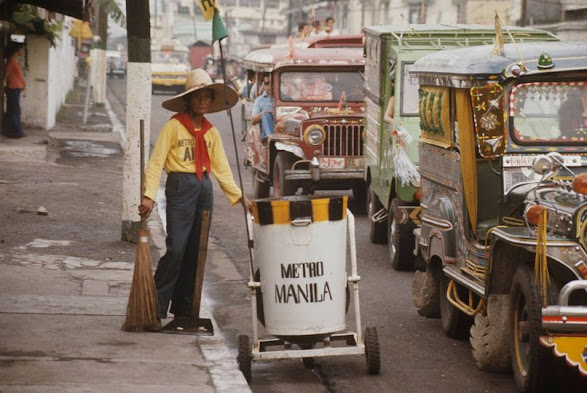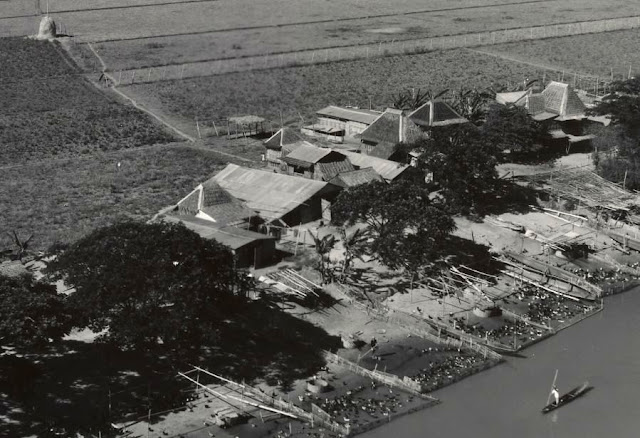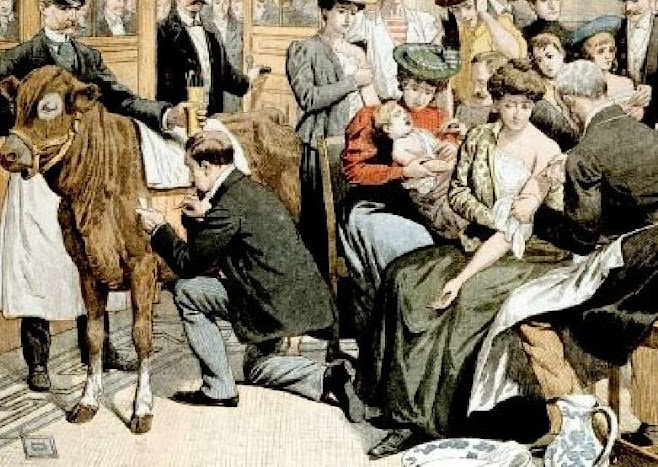Noli Me Tangere's "Christmas Eve"

Breakfast And Remembrance. Pasig City. 24. December 2021 Last night, we found ourselves watching a pirated version of the latest Spider-Man movie, No Way Home (sorry, couldn't wait). As the movie wrapped up, the final scenes unfolded with the hero frolicking in the snow—Christmas had come. It struck me: how many unforgettable stories and movies have been set during this magical season? One of the first that comes to mind is Charles Dickens’ timeless tale of the rich yet miserly Ebenezer Scrooge in A Christmas Carol. There’s also E.T.A. Hoffmann's The Nutcracker and the Mouse King, immortalized by Peter Ilyich Tchaikovsky in his ballet The Nutcracker Suite. During high school, we read O. Henry’s short stories, and The Gift of the Magi always stood out as a favorite. There are movies and stories we often would like to associate with this great time of the year. Jose Rizal has the last chapters of the Noli set in Christmastime, but what Rizal did was to make it quasi tragic, s...











